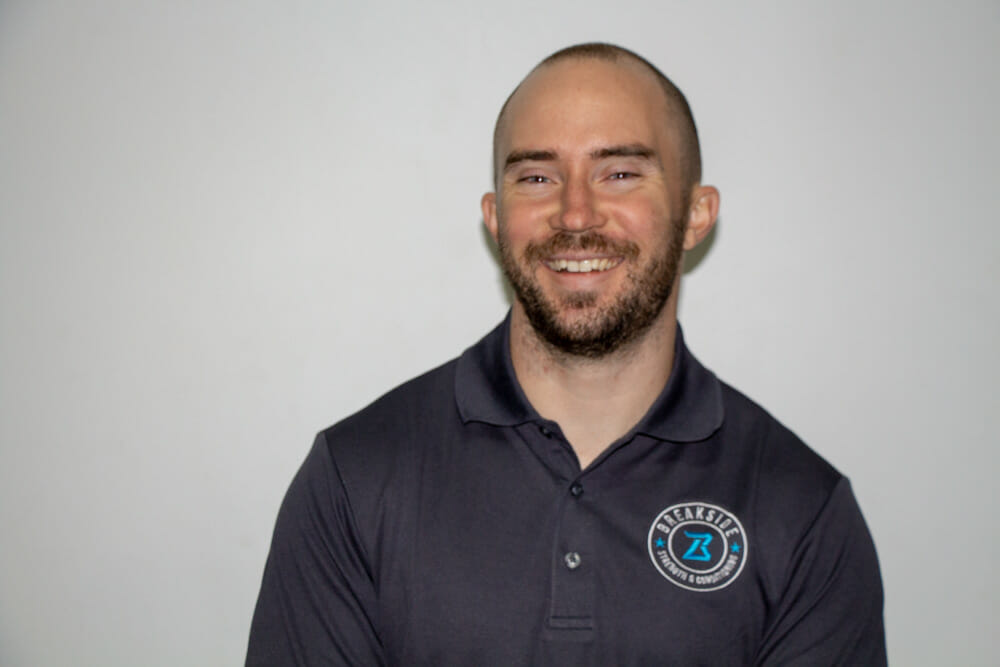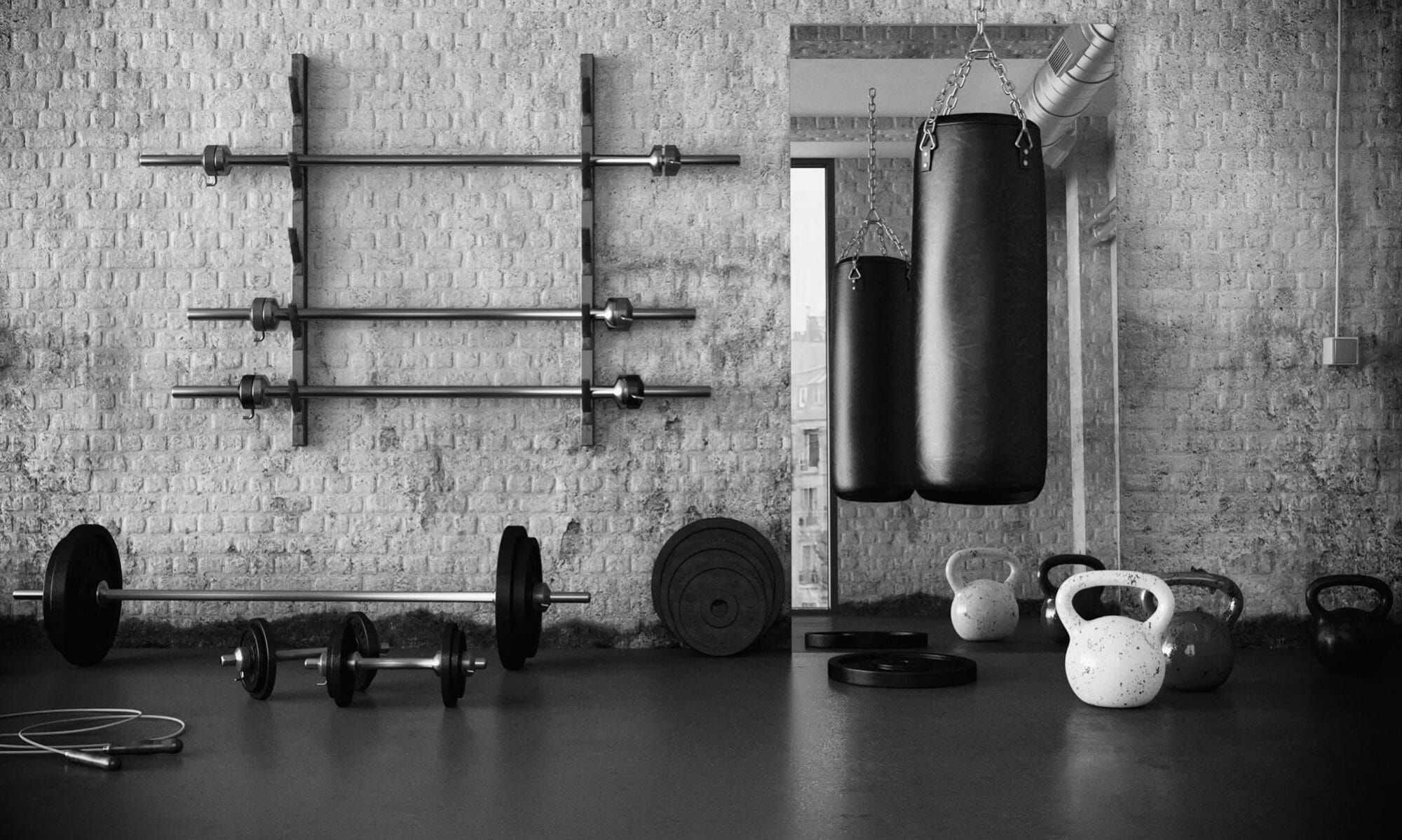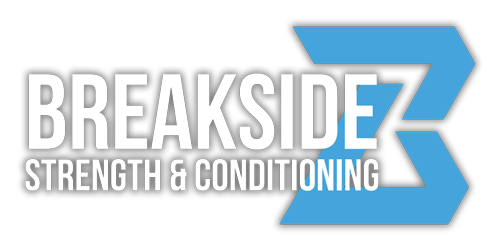
I’ve always been an athlete. I started playing basketball when I was five or six years old in my local YMCA league. I played through junior varsity in high school, when I got sick of the coaching staff and quit. I started running track and playing football (for two years) in middle school, and I even tried wrestling (hated it).
Eventually, I started playing ultimate with my friends during free periods and after lunch. First, we played with an aerobie before getting a Wham-O. We entered a local tournament in Albuquerque the summer before my junior year of high school — we were just a ragtag bunch, but we had a lot of fun and met Jerry, who wanted to be our coach. We started a high school team that upcoming spring.
In many ways, I feel like a pretty typical ultimate player. Played middle and high school sports, but never really stood out. Discovered ultimate and loved it. Started playing more and more ultimate, especially in college.
One thing that was never much a part of my sports participation until many years later was strength training. I did plenty of sprint work in track and field, and I was lucky to be naturally fast. I was the fastest 8th grader in Albuquerque in the 100 meter dash.
My high school had what was, looking back, a really nice weight room. Along with the usual machines and racks, it had Olympic lifting platforms, boxes for jumping, and a scary-looking monster lifter of a coach who was the sweetest guy on campus.
There were specified gym days for track, but I was never really that into it. I think I was intimidated by the lifts, and I also grew up at a time when people thought that if you lifted weights as a young teenager that you would stunt your growth (super false).
I started getting more serious about lifting as a junior in college. I was abroad in Argentina that year, and we had plenty of time to get to the gym. I just went with my buddies from the ultimate team (there were three of us in Buenos Aires) and we bopped around doing a lot of bench press and not many squats. I also went to a boxing gym where I couldn’t understand anyone’s street spanish and I learned what an actually hard workout was.
Back in New York as a captain at NYU, I was lifting more and more. I had read Tim Ferriss’ book “A Four Hour Body,” which has a chapter about getting really strong by just deadlifting and bench pressing with box jumps and plyo pushups as assistance exercises. So, that’s what I did! Pretty unsophisticated, but, honestly, you could do a lot worse, especially considering that we were playing a lot and doing a lot of sprinting and conditioning at practices and team workouts.
Still, though, I didn’t really know what I was doing.
Continue reading “How I Discovered The Importance of Strength Training”





